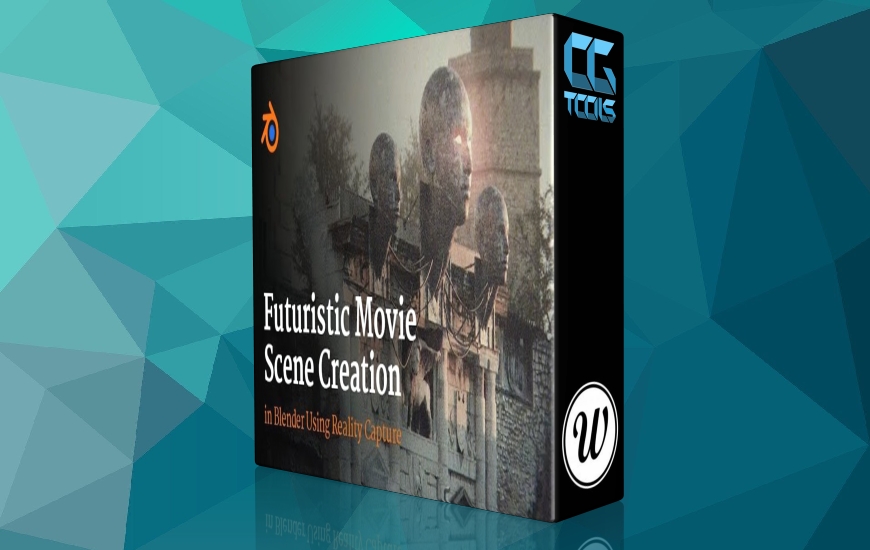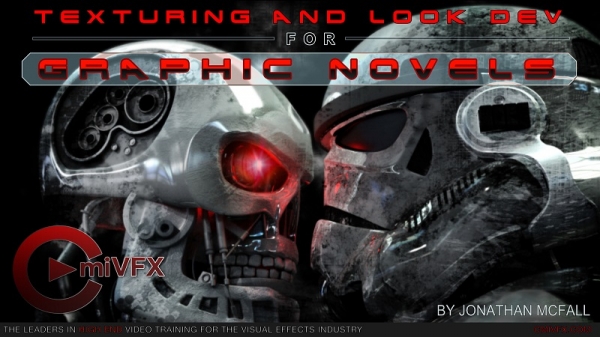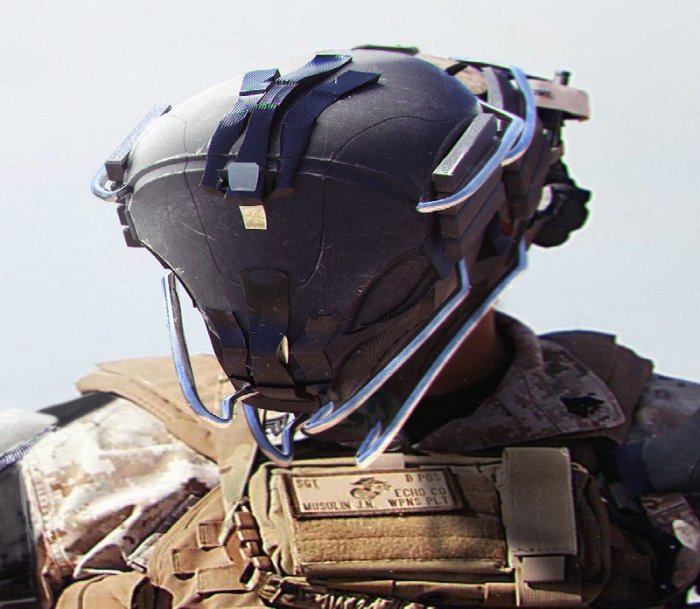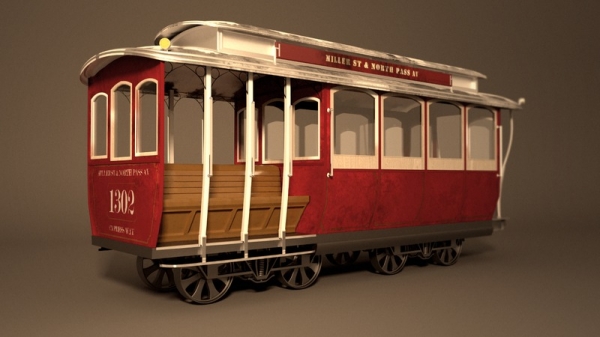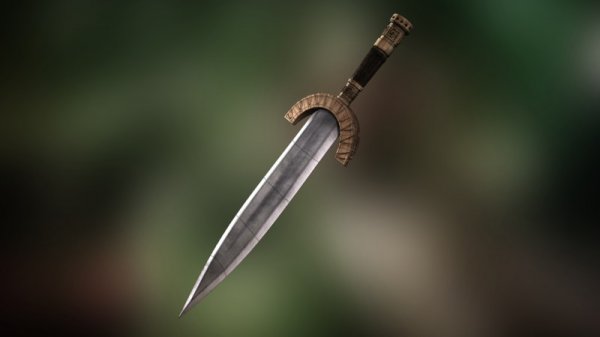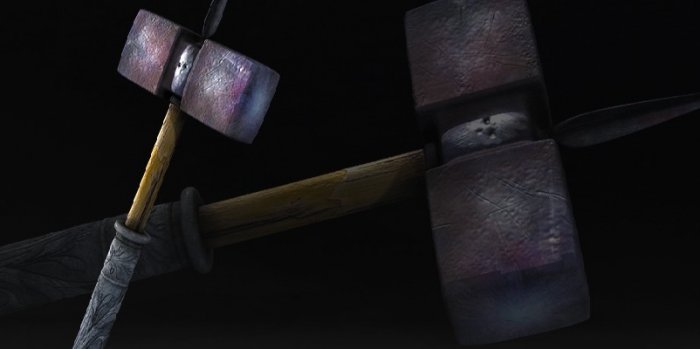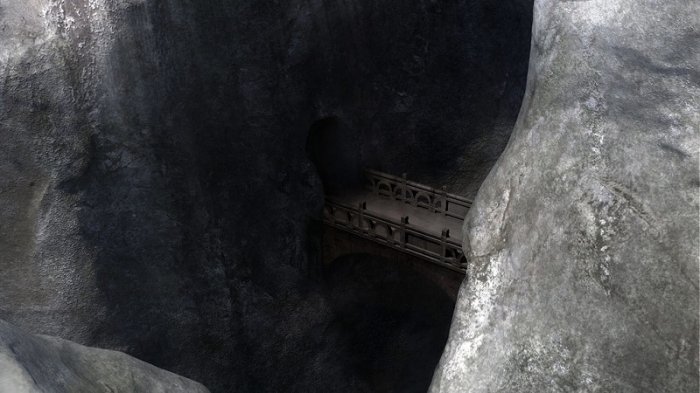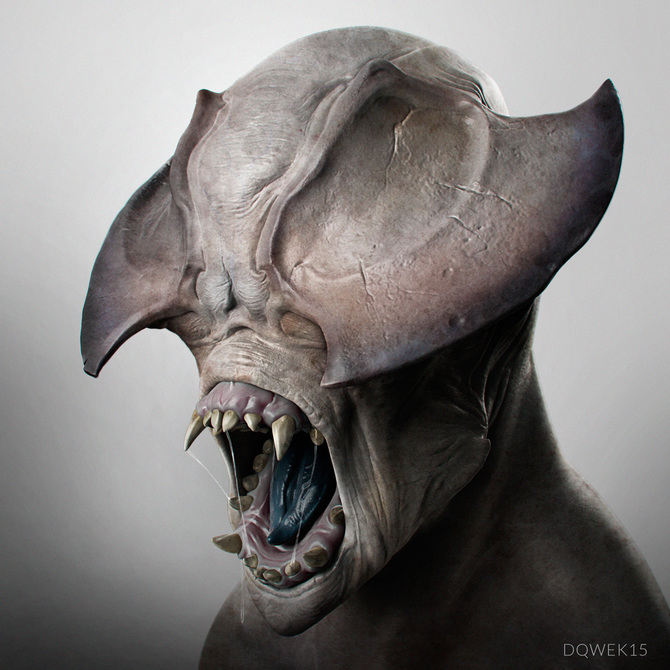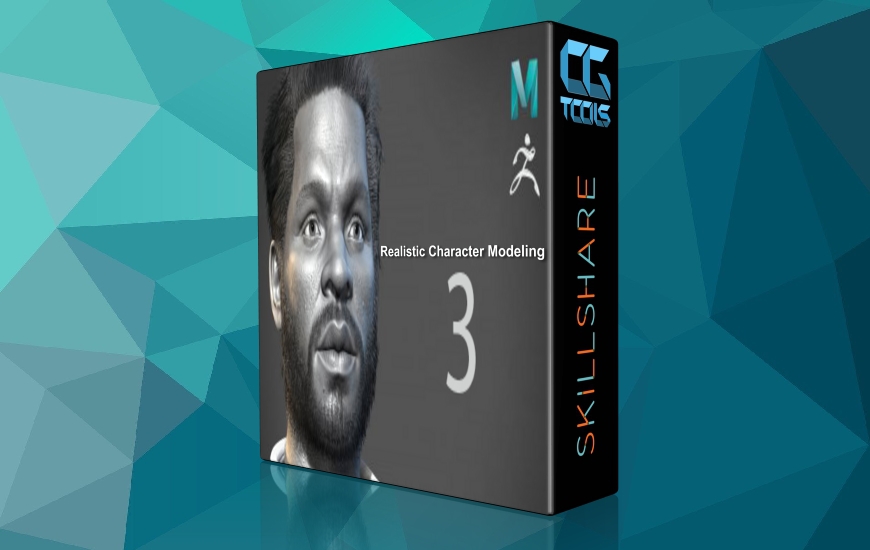Design several bad-ass Terminator-inspired graphic novel images with Jonathan McFall
Jonathan McFall speaking, Iandrsquo;m one of the full time lecturers at Escape Studios in London. Iandrsquo;m currently teaching on full-time 3D courses, but I also teach on 2D courses. I teach everything from modeling, texturing, lighting, rendering, plus a bit of rigging, animation, plus I also teach Nuke and compositing, and Silhouette as well.
The software that I normally try to use (well I guess it depends on the job) is Maya, but when it comes to sculpting I use a lot of ZBrush. Today, actually, weandrsquo;re going to be looking at Mudbox. There are some really interesting skills that you can do in Mudbox that are hard to do in some other software. Weandrsquo;re going to focus on some really interesting techniques. Weandrsquo;re going to look at Maya and then the workflow between Maya and Mudbox, and also some nice tricks in Mudbox.
I decided a couple of months ago to create a graphic novel that has to do with the Terminator. So Iandrsquo;ve been experimenting with a few different graphic styles and this is one of them that I came up with. Theyandrsquo;re quite graphic, and look painterly.
This is an image that weandrsquo;ve been working on for a couple of weeks. I modeled everything inside of Maya and I sculpted some details inside of ZBrush. After I textured it in Mudbux, I also textured it separately in Mari. I was quite curious to work out the benefits of some of the different software. I think Mudbox is a slightly understated software, but it has some really surprising tricks.
Weandrsquo;re going to look at some different techniques in Mudbox, like sculpting, projecting different photographs, sculpting from photographs, weandrsquo;re going to look at the paint tools, some of the sculpting tools, and then also some of the power of the sculpt layers and the paint layers. Itandrsquo;s really interesting and definitely worth watching.
Some of the other images I made for fun: Terminator and then baby-Terminator. And then with some different kind of graphic, postural style, with lens-flares, and things like that, and then sort of playing around with more graphic images.
Thatandrsquo;s a rough introduction of what weandrsquo;re going to be doing. In terms of the techniques that weandrsquo;re going to be going over, weandrsquo;re going to be looking at the UVs inside of Maya so that itandrsquo;s ready to go to Mudbox. And then after that, weandrsquo;re going to send it to Mudbox and then weandrsquo;re going to add things like paint layers and show you how to use things like brushes. After that, weandrsquo;re going to look at how to use stamps and stencils. How to project photographs. How to change the color of the photographs weandrsquo;re projecting. How to use layer masks. How to export textures from Mudbox to Photoshop. Then, how to import them back to Photoshop. After that, how to create different kinds of channels, for example, specular, reflection, diffuse, and also how to copy between channels, how to transfer images, and about sculpting and some of the nice sculpting features in Mudbox.
After that, once weandrsquo;re happy, and Iandrsquo;ve shown you how to experiment with the different kinds of photographs for texturing and sculpting, then weandrsquo;ll importing some of those maps back into Maya. It will be lots of interesting techniques and also a bit of a workflow so you can see how you can use these programs together and how they are used on a frequent basis in the industry.
Once weandrsquo;ve exported all these maps, weandrsquo;ll put them back into Maya. Weandrsquo;ll put them into, for example, an .ai standard, one of the new Arnold shaders, and weandrsquo;ll look at adding some light and HDR.
Also, this image, which I textured andndash; I was also quite happy with how it looked andndash; but also for the final thing I wanted it to look like a finished poster. I experimented with some graphics inside of Photoshop, Photoshop brushes and that kind of a thing, to add this rough textural look around the edges. Weandrsquo;ll also go into that briefly, but that part if fairly simple.
Ok great, letandrsquo;s get started!






